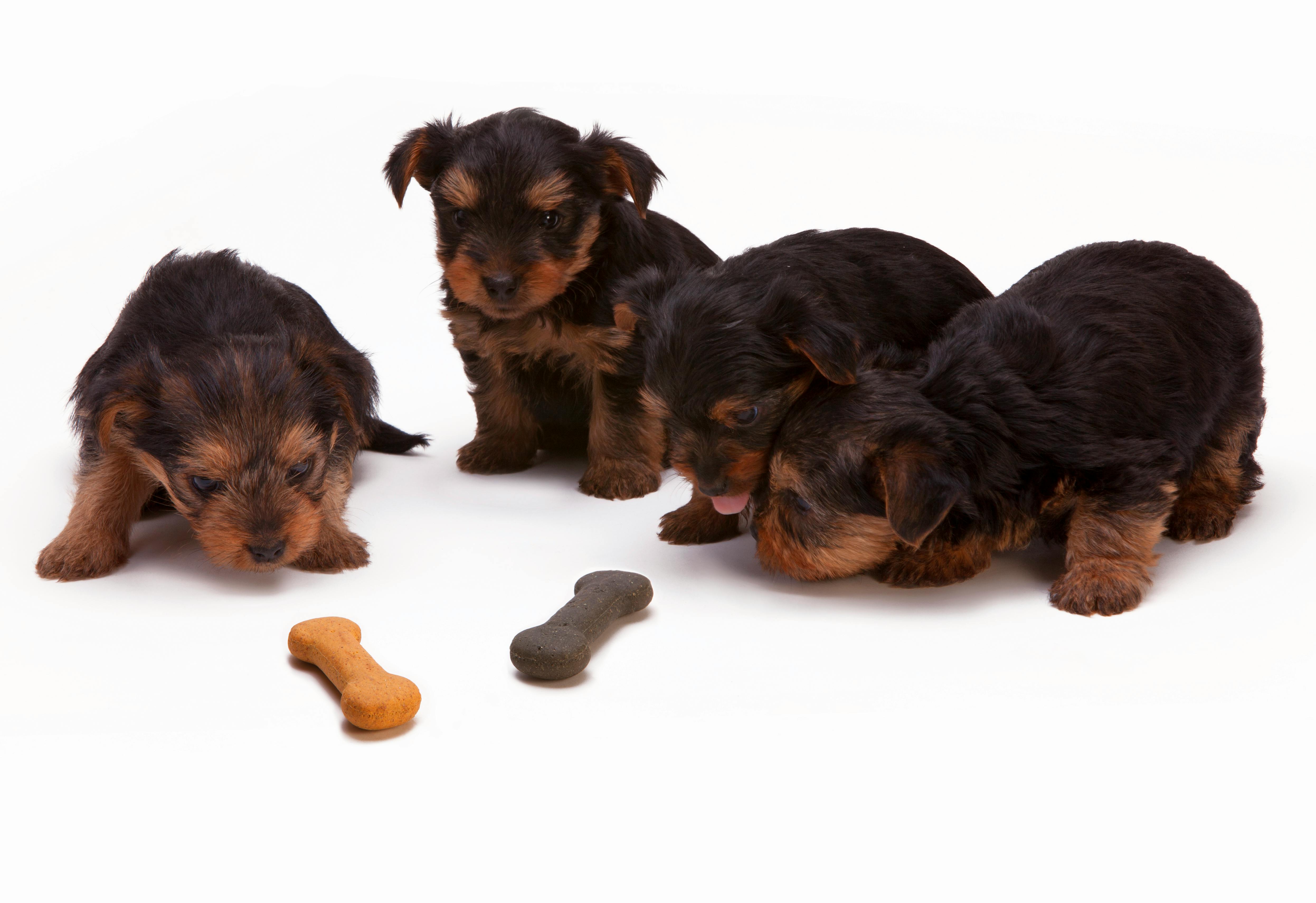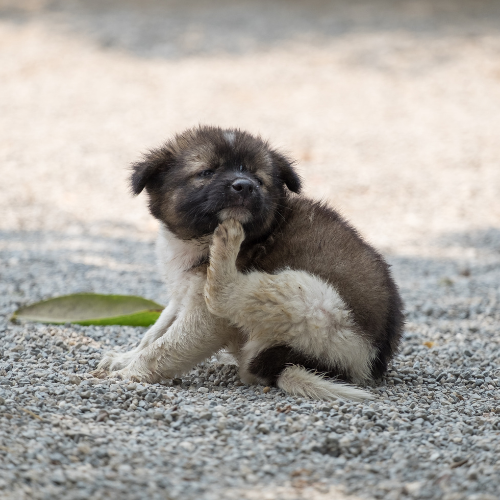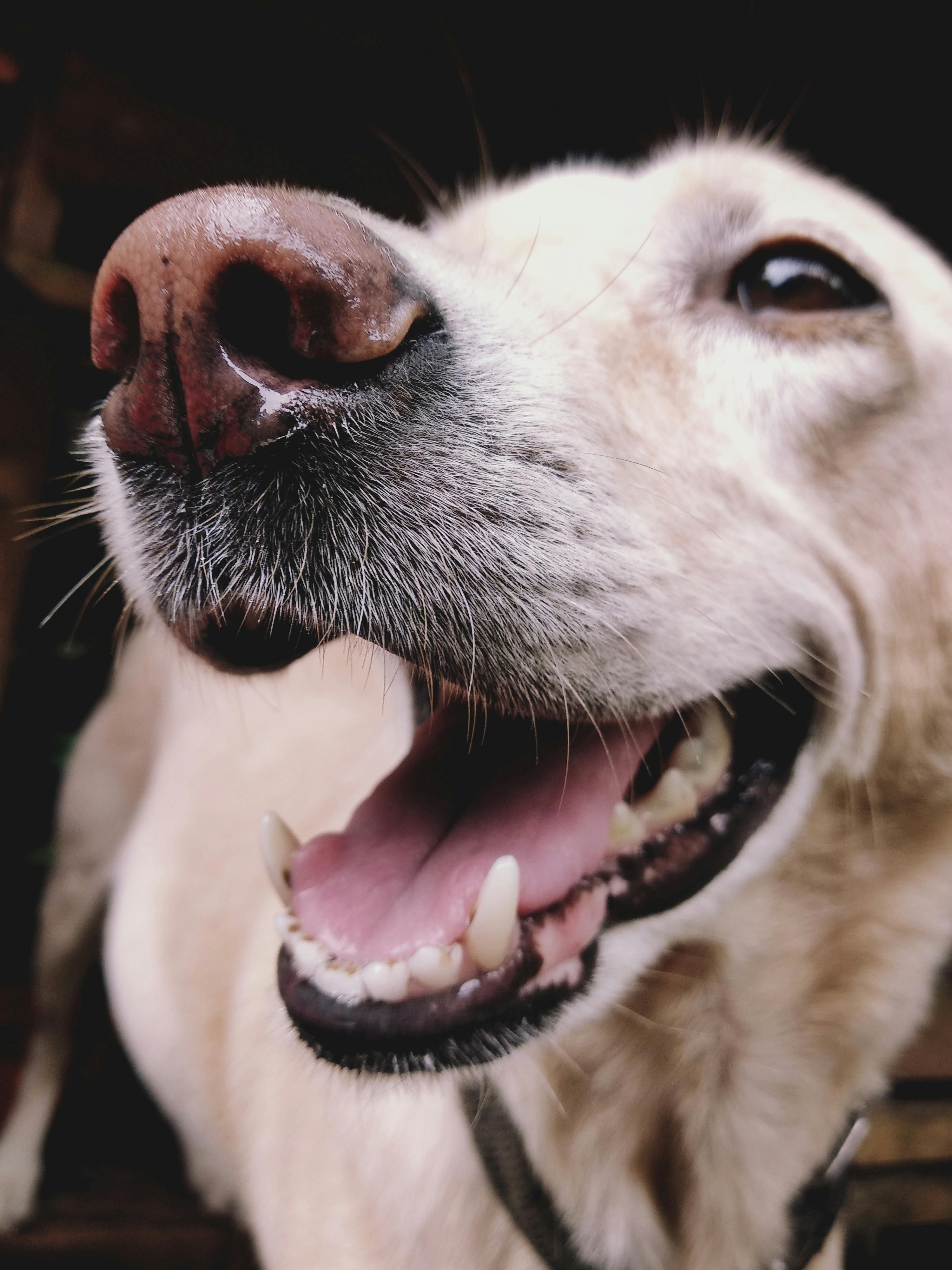Oral Hygiene in Dogs: Why It's Important and How to Do It
Keeping your dog’s mouth healthy is an important part of their overall health. Unfortunately, it’s something that many dog owners overlook. Poor oral hygiene can lead to serious health problems that can significantly affect your dog’s quality of life. In this post, we’ll look at why oral hygiene is so important and what products you can use to keep your dog’s teeth and gums healthy.
Why is oral hygiene important for dogs?
Just like in humans, poor oral hygiene in dogs can lead to a number of health problems. Here are some of the most important reasons why you should take your dog's oral hygiene seriously:
-
Preventing Gingivitis and Periodontal Disease: Gingivitis is an inflammation of the gums that can progress to periodontitis, a serious disease that can lead to tooth loss. Regular oral care can prevent the buildup of plaque and tartar, which are the primary causes of these conditions.
-
Preventing Bad Breath: Bad breath in dogs is often caused by a buildup of bacteria in the mouth. Regular brushing can help keep your dog's breath fresh.
-
Preventing Pain and Discomfort: Untreated gum disease and dental problems can cause significant pain and discomfort for your dog. This can lead to your dog avoiding eating or becoming more irritable.
-
Protecting internal organs: Bacteria from untreated dental infections can spread to other parts of the body, including the heart, liver, and kidneys, which can cause serious health problems.
How can you take care of your dog's oral hygiene?
Fortunately, there are several ways you can keep your dog's mouth healthy. Here are some of the most effective methods and products you can use:
-
Toothbrushing:
-
Brushing your teeth is the most effective way to prevent dental problems. Use a toothbrush designed for dogs, which typically has soft bristles and an ergonomic shape that makes it easier to reach all teeth. Always use toothpaste specifically formulated for dogs, as human toothpaste can contain ingredients that are harmful to dogs. Most dog toothpastes come in flavors that dogs love, such as chicken or beef, which makes the process easier.
Toothpaste for dogs
Toothbrush for dogs
-
Brushing your teeth is the most effective way to prevent dental problems. Use a toothbrush designed for dogs, which typically has soft bristles and an ergonomic shape that makes it easier to reach all teeth. Always use toothpaste specifically formulated for dogs, as human toothpaste can contain ingredients that are harmful to dogs. Most dog toothpastes come in flavors that dogs love, such as chicken or beef, which makes the process easier.
-
Teeth cleaning treats and chew bones:
-
Dental cleaning treats and chews can help reduce plaque and tartar. These products are specially designed to rub against the teeth as your dog chews, helping to remove plaque and prevent tartar. Be sure to choose products that are safe and healthy for your dog, and avoid those that can splinter or break.
Treats that have a teeth-cleaning effect
-
Dental cleaning treats and chews can help reduce plaque and tartar. These products are specially designed to rub against the teeth as your dog chews, helping to remove plaque and prevent tartar. Be sure to choose products that are safe and healthy for your dog, and avoid those that can splinter or break.
-
Mouth sprays and rinses:
-
There are mouth sprays and rinses that are designed to fight bacteria and keep your dog's breath fresh. These products can be a great addition to brushing, especially for dogs who don't like to be brushed. Sprays are easy to use and can be sprayed directly into your dog's mouth.
Oral spray for dogs
-
There are mouth sprays and rinses that are designed to fight bacteria and keep your dog's breath fresh. These products can be a great addition to brushing, especially for dogs who don't like to be brushed. Sprays are easy to use and can be sprayed directly into your dog's mouth.
How do you start an oral hygiene routine?
If you've never brushed your dog's teeth before, it can be a challenge at first. Here are some tips to get you started:
-
Start slowly: Introduce the toothbrush and toothpaste gradually. Let your dog sniff them and taste the toothpaste so they become comfortable with it.
-
Be patient: Start with short sessions, brushing just a few teeth at a time. Gradually, you can work up to brushing your entire mouth.
-
Make it a positive experience: Reward your dog with a treat or praise after brushing. This will help create a positive association with the process.
-
Be consistent: Regular dental care is key. Try to brush your dog's teeth at least a few times a week, if not daily.
Oral hygiene is a crucial part of your dog's overall health and well-being. By investing time in regular dental care, you can prevent many of the common dental problems that can affect your dog's quality of life. Remember, it's much easier to prevent dental problems than to treat them, so it's worth making oral hygiene a regular part of your dog's grooming routine.
With the right products and a little patience, you can ensure that your dog's smile remains healthy and strong for many years to come.
Read more

What can't dogs eat? A guide to keeping your dog healthy and safe Having a dog is a wonderful experience, but it also comes with a lot of responsibility. One of the most important things you...

Itching in dogs can be caused by many things, from allergies and parasites to dry skin and stress. If your dog is scratching a lot, it's important to take the problem seriously. Check for fleas, ev...
